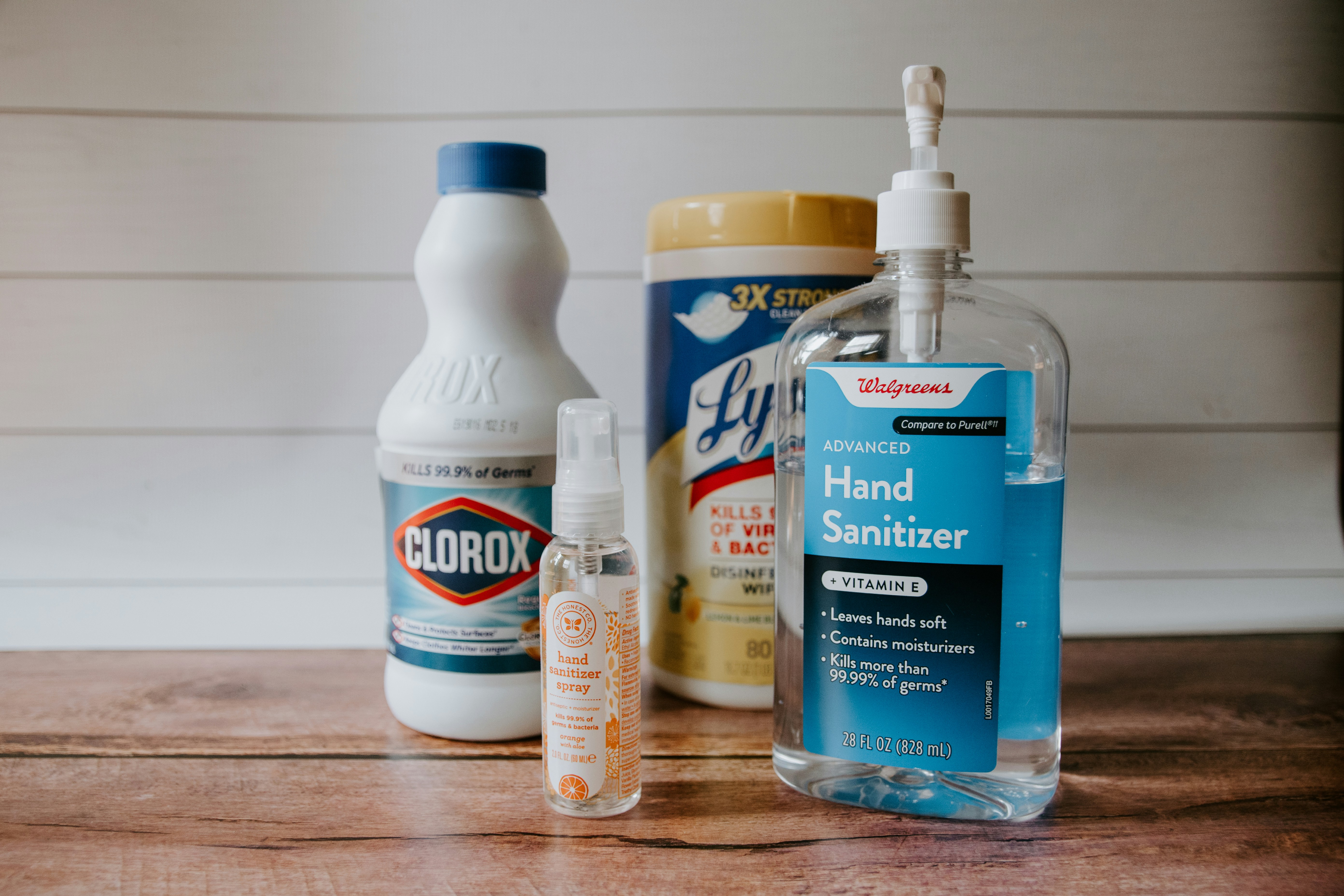Childproofing Your Home to Prevent Accidental Poisoning
Posted in Accident & Injury, Consumer Protection, Product Liability on March 21, 2024

Welcome to National Poison Prevention Week! As caregivers and parents, ensuring the safety of our little ones is always a top priority. Among the many potential hazards that can lurk within our homes, accidental poisoning is a significant concern, especially for curious and adventurous children. From cleaning supplies to medications, numerous substances can pose a threat if ingested by a child.
In this blog, we’ll explore effective strategies and tips for childproofing your home to prevent accidental poisoning, helping you create a safer environment for your family.
Understanding the Risks
Potential sources of poisoning within your home can include:
- Household Cleaners: Bleach, laundry detergent pods, and other cleaning products contain chemicals that can be harmful if ingested.
- Medications: Pills, vitamins, and even over-the-counter medications should be stored securely out of reach.
- Personal Care Products: Items like perfume, nail polish remover, and mouthwash may entice young children but can be toxic if consumed.
- Plants: Certain indoor and outdoor plants can be poisonous if ingested.
- Pesticides and Insecticides: Products used for pest control should be stored safely away from children.
Preventative Measures:
Now that we’re aware of the potential risks let’s discuss practical steps to childproof your home and lower the chances of accidental poisoning:
- Secure Storage: Store all hazardous substances, including cleaning supplies, medications, and personal care products, in locked cabinets or drawers. Childproof locks can prevent access to these items.
- Proper Labeling: Ensure that all containers are properly labeled with their contents. Not only does this help adults find what they need, but it also serves as a visual reminder of potential dangers.
- Safe Disposal: Properly dispose of unused or expired medications, cleaning products, and other hazardous substances. Many communities have specific disposal guidelines, such as medication take-back programs or hazardous waste collection days.
- Plant Safety: Research the plants in and around your home to identify any that are toxic to children or pets. Either remove these plants or place them out of reach.
- Childproofing Tools: Install safety latches on cabinets and drawers containing harmful substances. Additionally, outlet covers should be used to prevent children from accessing electrical outlets, which could power devices like vaporizers or other potentially dangerous items.
- Education and Supervision: Teach children about the dangers of ingesting unknown substances and the importance of asking an adult before touching or consuming anything. Always supervise young children, especially in areas where hazardous materials are stored.
- Emergency Preparedness: Keep the number for Poison Control (1-800-222-1222) and other emergency contacts readily accessible. You can also use their online tool to help determine if a substance is poisonous. Familiarize yourself with the signs of poisoning and know what steps to take in case of an emergency.
Protecting our children from accidental poisoning requires vigilance, preparation, and proactive measures. You can significantly reduce the risk of poisoning incidents by childproofing your home, properly storing hazardous substances, and educating your family about potential dangers.